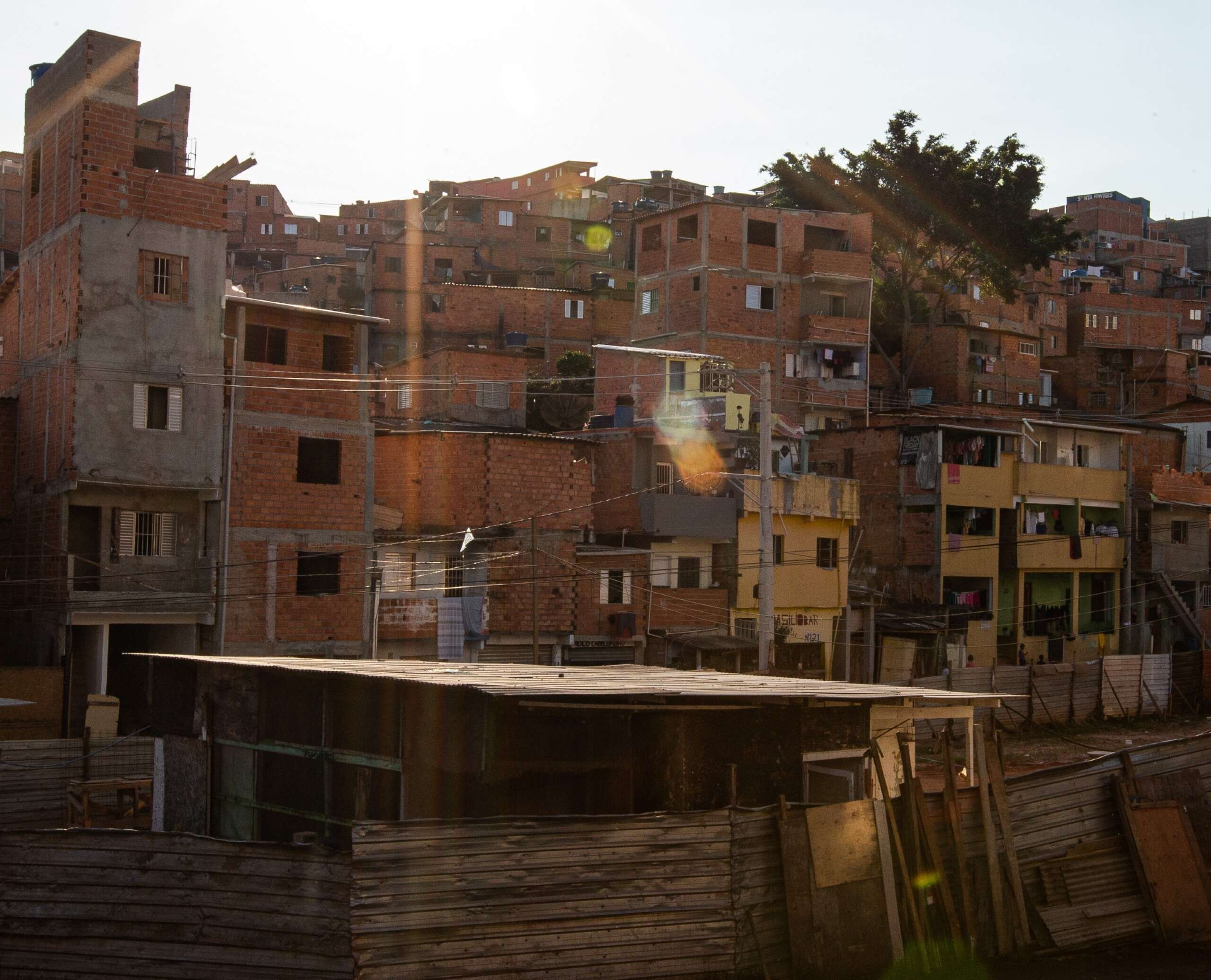

Cities around the world face two urgent problems for which the solutions seem to be in conflict: they desperately need to build more housing that is adequate and affordable, and they also must slash carbon emissions to address the global climate emergency.
This dilemma is especially true of cities in the developing world whose populations are growing rapidly and whose demand for construction is soaring. Today, roughly 900 million people live in informal settlements, and the UN estimates that by 2030, 3 billion people will be in need of affordable housing in cities. The Covid-19 pandemic has put the urgency of this need into full relief, underscoring the fact that safe shelter is crucial to public health. But construction is resource-intensive, and concrete in particular is an unsustainable building material. So how can cities address the need to build safe affordable housing in a way that doesn’t contribute further to climate change?
On the construction side, the answer often comes down to materials.
Affordable homes have an opportunity to lead a wave of environmentally sustainable construction with a lower carbon footprint, urban development expert Clara-Luisa Weichelt said during a 13 October panel for Daring Cities 2020, a global forum for sharing ideas on how to build climate-sustainable cities. (City Monitor is an official media partner of Daring Cities 2020.)
Construction with cement and steel creates nearly 40% of energy-related greenhouse gas emissions globally. Cities in the developing world that want to increase their housing stock can mitigate these climatic (and monetary) costs by relying on local building materials instead of the imported goods favoured in Western construction.
This is the impetus behind climate-responsive construction projects supported by Misereor, a development organisation of the German Catholic Bishops’ Conference. The group has helped construct buildings in Myanmar using bamboo, which has natural cooling properties, and in Haiti using earthquake-resistant natural stone. This Earth-friendly approach shortens supply chains and allows for local knowledge to guide building practices. It also has the potential to shift cultural expectations of architecture away from modern Western standards, which fall far short of what’s needed to build sustainably.
“We tend to think European cities are doing well – that people live all right, they are sustainable,” said Ana Hernández Chamorro, a Daring Cities panellist and research associate at the Institute of Energy Efficient and Sustainable Design and Building at the Technical University of Munich. “But if you look at what they do to the planet, then they are not. From this point of view, every country is still developing.”
Of course, construction materials cover only part of the problem of addressing the global housing shortage in a sustainable way. The economics – and the will to build – also pose significant hurdles.
But maybe they don’t have to, according to panellist Lucy Livesley, director of market transformation at Reall, a UK-based real estate non-profit that invests in affordable housing in Africa and Asia.
“Is it really possible to deliver for the bottom 40% of the income pyramid? It absolutely is,” Livesley said. “It’s not easy, but it’s possible.”
Reall works to build and sell homes priced at around $10,000, intended to serve low-income populations. It has seen some early success in its investments in Abuja, Nigeria, and Livesley sees the further construction of affordable housing as a way to kick-start developing economies recovering from the Covid-19 economic crisis.
The pandemic should also prompt cities, builders and designers to consider the physical layout of the spaces they create. The coronavirus is creating a greater demand for more space, both in public places and at home. But the need for more land doesn’t have to be antithetical to affordability, said panellist Alexander Jachnow, an urban development specialist at the Institute for Housing and Urban Development Studies at Erasmus University Rotterdam.
“Land is a major factor, and we never talk about land acquisition when we talk about affordable housing,” he said. “Sometimes 40[%], up to 50% of the housing price is going to the land.”
Instead of the archetypal concrete jungle city, laden with high-rises, Jachnow sees the possibility for more diffuse, low-rise cities, especially in Asian and African countries where cities are still expanding.
“We always think a city has to be very close and asphalty and concrete, and that we have to have high-rises,” Jachnow said. “There are low-rise, high-density possibilities. There are all kinds of diversities, but you have to let the people build it.”
Camille Squires is an assistant editor at City Monitor.






